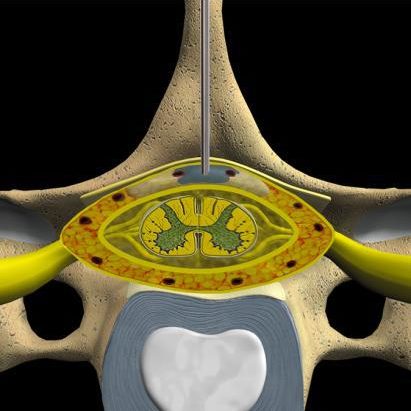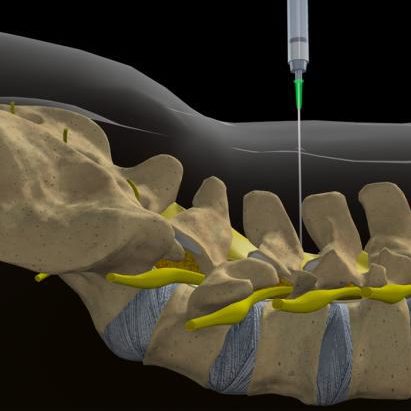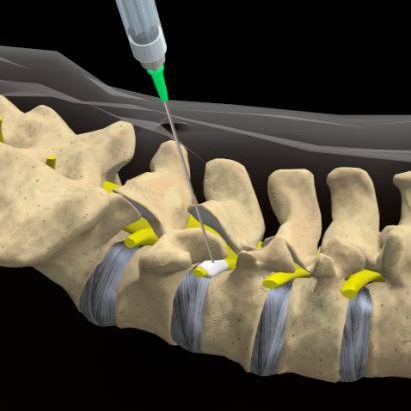Make an Appointment
Contact Us by Email
Epidural Blood Patch
An epidural blood patch (ESI) is a minimally invasive procedure that can help relieve headaches caused by spinal fluid leaks due to spine surgery, radiologic tests, previous epidural steroid injections or even lumbar puncture procedures. Your own blood is delivered to the epidural space, the area between the protective covering of the spinal cord and vertebrae to cover the puncture site and stop the headache. The effects of epidural blood patch tend to be immediate and permanent and headaches remit right away. The goal is to reduce/end the headache pain so that you may resume normal activities and get back to your life.
What is an epidural blood patch injection?
An epidural blood patch is a procedure using only your own blood. The blood is delivered into the epidural space of the spine, which is the area between the protective covering (dura) of the spinal cord and the bony vertebrae using fluoroscopic X-ray guidance. This area is filled with fat and small blood vessels.
Who is a candidate?
Patients with moderate to severe headache pain due to spinal fluid leak due to post dural puncture. Specifically, those with the following conditions:
- Recent Epidural Injection: Resulting in headache as a side effect if practitioner accessed spinal fluid during the injection. Sometimes the hole created by this injection continues to cause spinal fluid leakage resulting in headache typically worse with standing vs. lying down.
- Recent Myelogram Evaluation: You may have gotten a radiologic test in which a special dye was placed into your spinal fluid to evaluate the spine in detail. Sometimes the hole created by the dye placement continues to cause spinal fluid leakage resulting in headache if this does not heal on its own.
- Recent Spine Surgery: One of the risk factors of spine surgery is possible dural puncture or tear. Sometimes the puncture/tear created by the surgery continues to cause spinal fluid leakage resulting in headache.
- Recent Lumbar Puncture: You may have gotten a special test by a neurologist to test your spinal fluid to evaluate your neurological status in detail. Sometimes the hole created by this test does not heal and continues to cause spinal fluid leakage resulting in headache.
- Idiopathic: Unknown cause, but spontaneous puncture can happen resulting in headache phenomena. If headache worsens with move from lying to sitting or from sitting to standing, this spinal fluid leak may be the source of your headache.
Epidural blood patch should NOT be performed on people who have an infection, are pregnant, or have bleeding problems. Caution should be noted in patients that may have spinal stenosis in the lumbar spine. If you know what your spine conditions are, please discuss these with the doctor to make sure it won’t be any contraindications for this procedure.
What are the results?
Most patients experience immediate headache pain relief benefits from epidural blood patch and do not require any further treatments. For those who experience only mild pain relief, a repeat injection may need to be performed, usually a few days after the initial blood patch procedure, to achieve full effect. The benefits of this epidural blood patch procedure tend to be permanent.
What are the risks?
With few risks, epidural blood patch is considered an appropriate nonsurgical treatment for some patients. The potential risks associated with inserting the needle include spinal headache from a dural puncture, bleeding, infection, allergic reaction, and nerve damage / paralysis (rare). Any numbness or mild muscle weakness usually resolves within 8 hours in the affected arm or leg (similar to the facial numbness experienced after dental work). Patients who are being treated for chronic conditions (e.g., heart disease, diabetes, rheumatoid arthritis) or those who cannot temporarily discontinue anti-clotting medications should consult their personal physician for a risk assessment.



